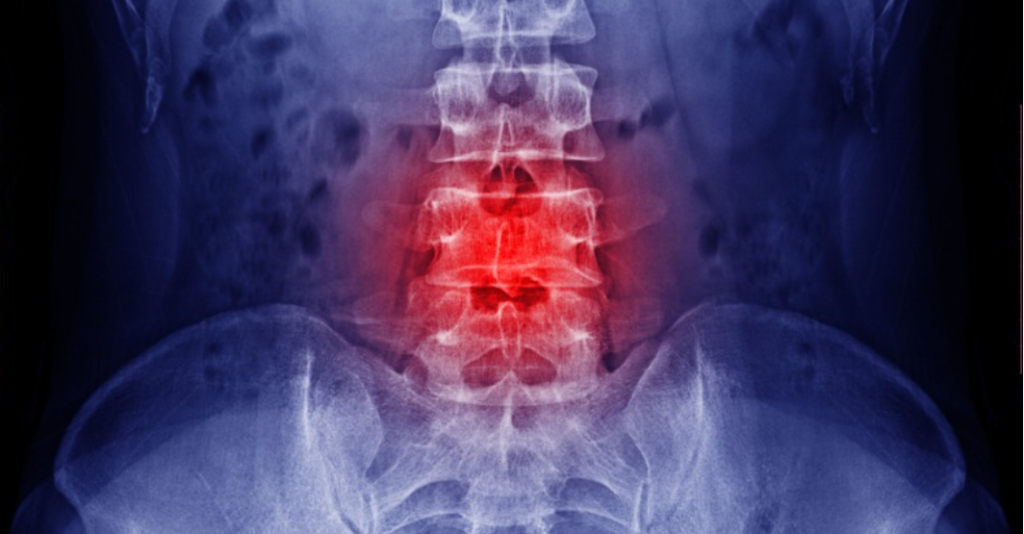Low back pain (LBP) is the most common complaint for which patients seek chiropractic care. X-rays are a common diagnostic tool that most healthcare providers use. Let’s take a look at the role of x-rays and how both medical practitioners and chiropractors use them.
X-rays are a form of radiation. The beam focuses on a subject such as a person or specific body part. X-rays mostly pass through softer tissues. Hard tissues like teeth and bones do not allow the beam to pass through. This will leave a “white” image on the film. More dense soft tissues, like muscles and organs, will appear as various shades of gray. Less dense areas, like the lungs or bowel, will appear black on an x-ray.
Spinal x-rays are basically pictures of the spine. They help the doctor determine a diagnosis as to the cause of the patient’s particular problem. Typically, a patient provides a medical history and the doctor performs a clinical examination to establish a primary diagnosis. When necessary, the doctor may order diagnostic tests like an x-ray (or a CT, MRI, bone scan, PET scan, ultrasound, blood tests, tissue biopsy, and so on) in an attempt to verify or validate the diagnosis.
Spinal x-rays include the bony spine, the disk spaces, and often the pelvis. It extends up to the lower thoracic spine where the lower few ribs are located, depending on the patient’s height. Usually, frontal and side views are taken. Other views may include a “spot” (close-up), obliques, or flexion/extension stress views. So, what is your doctor looking for?
Weight-bearing Pros and Cons
The FIRST order of business is to make sure they’re not dealing with something potentially dangerous. This can include fractures, infections, dislocations, tumors/cancer, and so forth. They look for other things like bone spurs (“osteoarthritis”), disk heights (disks narrow as they degenerate, usually accompanied by bone spurs), joint spaces, bone density, and alignment – like scoliosis. Chiropractors typically take spinal x-rays in a weight-bearing position (standing). Most medical facilities take their x-rays with the patient lying down. The “pro” of a weight-bearing x-ray is the ability to measure for things like scoliosis, leg length deficiency, and joint space narrowing favoring the standing approach. The “con” of a weight-bearing x-ray is something called a “movement artifact” or a blurred image. Recumbent films tend to be clearer and more detailed. Although, they have less of an ability to accurately take measurements to evaluate leg length or the extent of spinal misalignment.
Both MD’s and DC’s take scoliosis films standing, but otherwise, MD’s favor laying down x-rays while DC’s favor standing. Regarding the “safety vs. harm” factor of taking an x-ray or not, most guidelines favor waiting if there is no suspicion of pathology (cancer, fracture, infection, etc.) for both professions. However, when a significant biomechanical problem is suspected, especially if a treatment decision is driven by the test’s outcome, it may be appropriate to take x-rays. For example, the use of heel lifts to correct a short leg is also measured on the x-ray. There are also some chiropractic techniques that rely on assessing the bony alignment, which include taking measurements from an x-ray. Patient safety is first and each case must be individually assessed. If you think you may be pregnant, DO NOT LET ANYONE X-RAY YOU!



